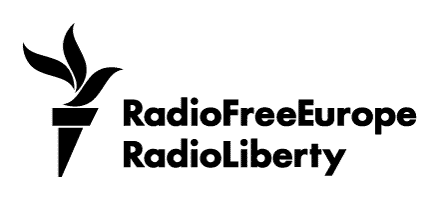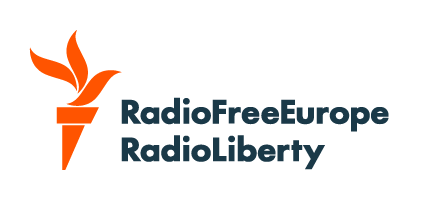Late Russian opposition leader Aleksei Navalny once famously said that Ukraine's Crimean Peninsula, which has been under Russian control since 2014, is not "a ham sandwich" to be passed around.
Its fate is once again in question amid fevered diplomacy aimed at bringing an end to Russia's ongoing invasion of Ukraine.
After his August 15 meeting with Russian President Vladimir Putin in Alaska, US President Donald Trump said in a social media post that, for Ukraine, there is "no getting back" Crimea.
Moscow also maintains that the peninsula's status is settled and is seeking recognition of its annexation, which followed a referendum held in 2014 and widely condemned as a sham by the international community.
Historically, ownership of the peninsula has changed over the past couple of centuries. The Russian Empire annexed the Crimean Khanate officially in 1783 under Catherine the Great.
When the Russian Empire collapsed in 1917, a short-lived Crimean People's Republic was proclaimed but was quickly quashed by the forces of Russia's Black Sea fleet, largely controlled by the Bolsheviks.
As World War I, the Russian Civil War, and the Ukrainian War of Independence raged on, Crimea was variously controlled over the next few years by intervening Allied troops from France and Greece and both the Red and White Russian armies, until it was conquered by the Red Bolshevik forces in November 1920.
Apart from the German occupation, Crimea remained part of Russia within the U.S.S.R. until 1954, when Soviet ruler Nikita Khrushchev transferred it to the Ukrainian Soviet Socialist Republic.
Soviet Break-Up And Referendums
Mostly inhabited by ethnic Russians, Crimea remained a part of Ukraine when it gained its independence from the U.S.S.R. during the breakup in 1991.
A slight majority of Crimeans participating in Ukraine's December 1991 independence referendum -- 54 percent in the region and 57 percent in the separately administered city of Sevastopol -- voted in favor of Ukraine's independence from the U.S.S.R.
In a 1994 referendum, a majority of Crimeans voted in favor of several measures, including greater autonomy for the peninsula within Ukraine and dual Russian-Ukrainian citizenship for residents.
But these measures were not implemented, as Ukraine's upper house of parliament abolished the Crimean Constitution and the position of president of Crimea, with a new constitution coming into effect in 1999.
As part of Ukraine, Crimea continued to host Russia's Black Sea fleet, with its headquarters in Sevastopol and Russia leasing the facilities. Under the terms of the lease agreement, Russia agreed to "respect the sovereignty of Ukraine, honor its legislation, and preclude interference in the internal affairs of Ukraine."
Despite this, the fleet's troops played a key role in taking over the peninsula militarily in February 2014, after which Russia staged a referendum that was declared illegal by the UN General Assembly. Russia declared the formal annexation of the peninsula in March 2014, drawing international condemnation and sanctions.
Since the annexation, Russia has maintained that Crimea's status is not up for discussion. Most recently, Putin reportedly told Trump that a peace deal to end his invasion of Ukraine would hinge on recognition of the takeover, among other demands.
Ukrainian President Volodymyr Zelenskyy has indicated Ukraine will not legally recognize Russia's control of the peninsula, and the country's constitution only allows for ceding territory through a nationwide referendum. Trump said earlier this year that "[n]obody is asking Zelenskyy to recognize Crimea as Russian territory."
The United States, on the other hand, may become the first -- and likely the only, for the foreseeable future -- Western country to do so as part of a potential peace deal. Unnamed sources have indicated the current Trump administration may be open to the move, and Trump himself said during his first term, prior to Russia's full-scale invasion, that he would not take it off the table.










